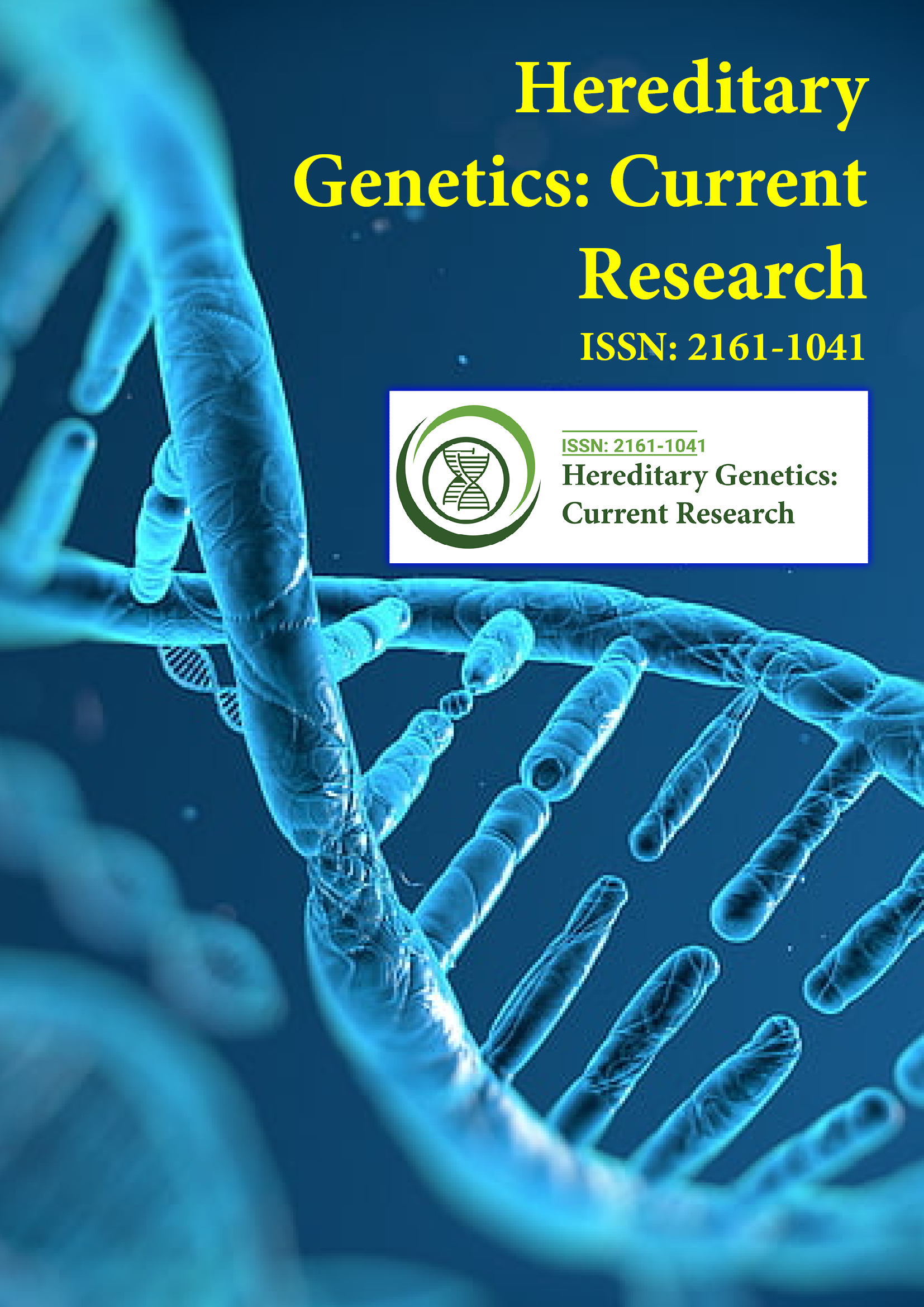インデックス付き
- Jゲートを開く
- Genamics JournalSeek
- サイテファクター
- レフシーク
- ハムダード大学
- エブスコ アリゾナ州
- NSD - ノルウェー研究データセンター
- OCLC-WorldCat
- パブロン
- ジュネーブ医学教育研究財団
- ユーロパブ
- Google スカラー
このページをシェアする
ジャーナルチラシ

概要
遺伝性多発性骨異形成症における骨異形成症形成に関する最新の知見:骨異形成症はどこで発生し、その成長はどのような方法で制御されるのか
スタール HM、ウィトロックス AMA、ムーイ DT、エマンス PJ、ハム JSJ、ファン ライン LW、ウェルティング TJM
多発性遺伝性骨腫症は、常染色体優性遺伝疾患で、小児の骨に骨が成長する骨腫症を引き起こします。この疾患は主に、変異したエクソストシン (EXT)-1 または EXT-2 遺伝子によって引き起こされます。これらの変異により、機能しない EXT 遺伝子産物が生成されます。機能タンパク質が欠如すると、ヘパラン硫酸の合成に欠陥が生じ、その結果、プロテオグリカンの修飾と細胞シグナル伝達に欠陥が生じます。軟骨細胞のサブセットが、部分的にしか解明されていない成長および分化プロセスを経て骨腫症を形成すると考えられています。これらの骨腫症を形成する軟骨細胞の起源はまだわかっていません。また、どのプロセスが骨腫症の成長に影響するのか、また、骨腫症が破骨細胞の活動によって吸収されるのを防ぐものは何かについても、詳しくわかっていません。本論文では、骨腫症の主要な病態生理学理論を、前述の知識のギャップに焦点を当てて体系的にレビューします。
免責事項: この要約は人工知能ツールを使用して翻訳されており、まだレビューまたは確認されていません